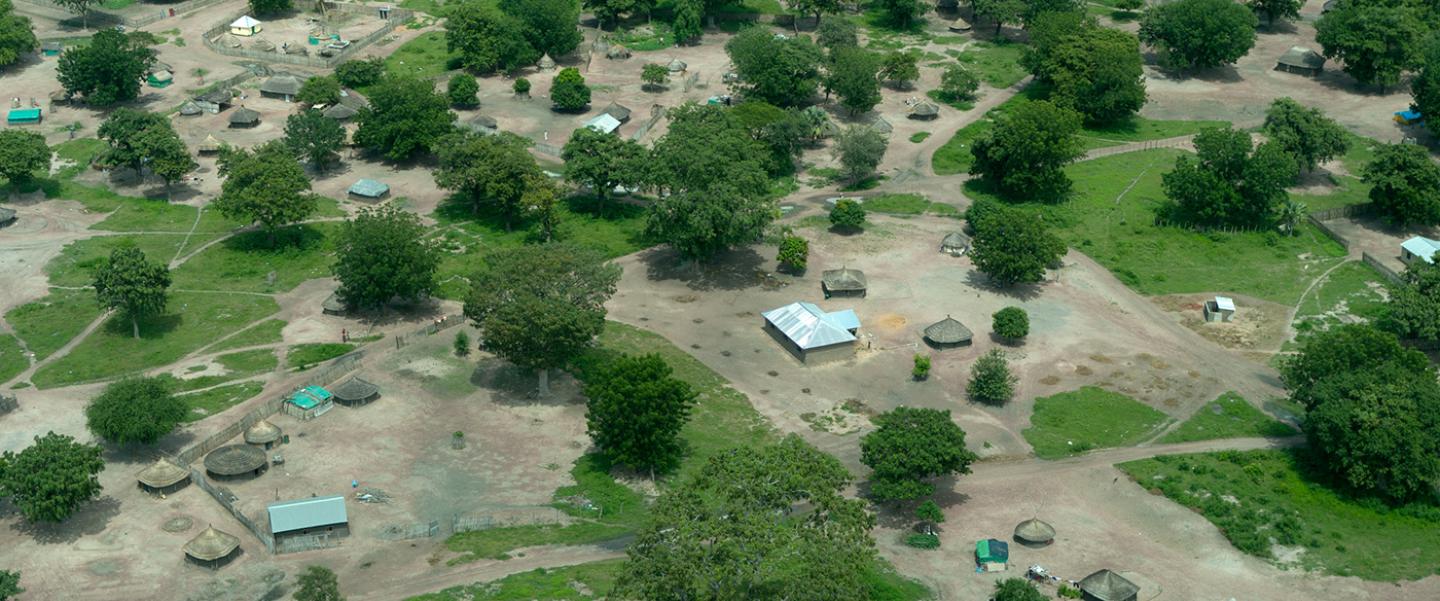HIGHLIGHTS
- Abt Global led the USAID- and Feed the Future-funded FARM projects.
- FARM II further advanced collective marketing systems and developed market opportunities.
- FARM yielded impressive results despite a volatile political landscape.
The Challenge
Abt Global led the USAID- and Feed the Future-funded Food, Agribusiness, and Rural Markets (FARM) projects, which established a strong foundation for agricultural development in South Sudan’s fertile Greenbelt region. The first FARM project, which ran from 2010 to 2015, introduced modern agricultural technologies, farming practices, and marketing systems that had not existed in South Sudan.
The Approach
In 2015 and 2016, FARM II built on the successes of the first iteration, further scaling up activities, advancing collective marketing systems, and developing market opportunities that ushered smallholders into a nascent economic system. FARM was more than an agriculture project, however. It was a food security project that helped farmers to first feed their families, then their communities and country. It was also a livelihoods program that created economic opportunities and showed the rural poor how to create a living from farming. FARM was a resiliency project that helped farmers advance their economic progress, even during times of heightened insecurity and economic decline, by teaching them to produce their own food, which reduced dependence on imports and foreign aid. It was a civil society program that used agriculture as a mechanism to engage rural populations in a societal framework to collaborate on areas of common interest for individual benefit and the greater good. FARM also was a human capital project, creating a critical mass of knowledgeable and experienced farmers in South Sudan’s Greenbelt zone.
The Results
FARM yielded results despite a political volatility. Formerly subsistence farmers boosted productivity and grew surpluses, while new and revived farming organizations improved their management. Many were able to commercialize key commodities. FARM’s achievements include:
- Supporting more than 19,000 farmers, including more than 7,400 women, through 732 farmer-based organizations;
- Increasing production yields by up to 53 percent over 2010 baseline levels;
- Reducing post-harvest losses from 40 percent to 7 percent through introduction of improved storage technology;
- Linking smallholder farmers with large buyers and facilitating the sale of 210 metric tons of maize to the World Food Programme; and
- Designing new lending products for smallholder farmers, in collaboration with two South Sudanese financial institutions
Learn more:

